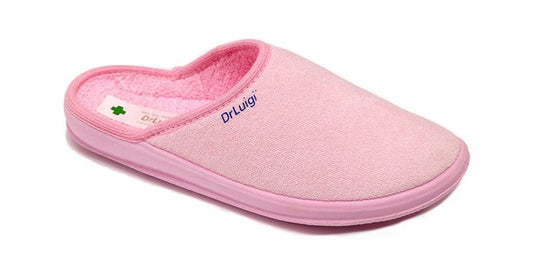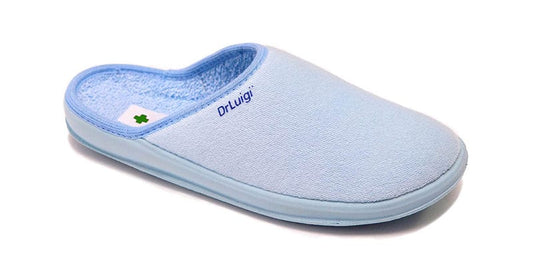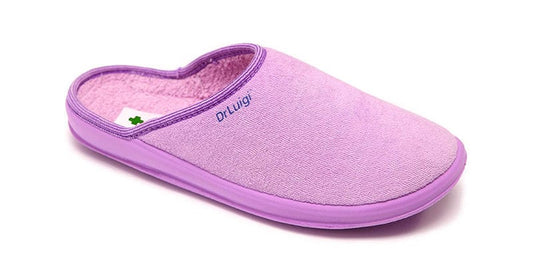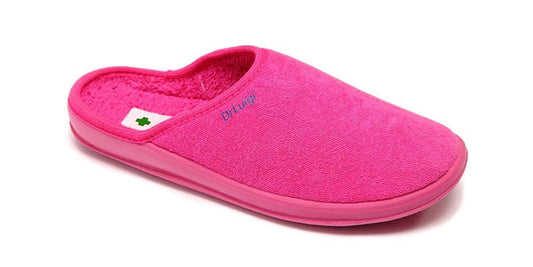Knee pain is a common condition that affects people of all ages and levels of activity. Understanding the most frequent causes of knee pain is critical for accurate diagnosis, treatment, and prevention. By being acquainted with these causes, you will be able to get insight into the causes of your knee pain and take necessary measures to manage and reduce suffering.
Acute Injury
-
Meniscus Tears
The meniscus, a cartilage cushion in the knee, can rupture as a result of trauma or rapid twisting, resulting in localized pain and edema.
-
Patellar Dislocation
When the patella (kneecap) shifts out of place, it can cause pain, instability, and trouble straightening the knee.
Anatomy
Cartilage is the component of a joint that covers the ends of the bones, and the knee cartilage does this. It is made up of water and chondrocytes, which are the cells in the body that have the longest lifespan. The cartilage in the knee, articular cartilage, generally does not have its own blood vessels and is fed directly from the fluid that lubricates the joint. Its structure and function directly depend on the pressure and relaxation of pressure in the joint.
When pressure is applied, the cartilage releases water, when the pressure is released, re-expansion and hydration occur, with which the necessary absorption of nutrients takes place.
Chronic Conditions and Overuse
-
Runner's Knee
Pain around or behind the kneecap, commonly associated with movements such as jogging or crouching, characterizes patellofemoral pain syndrome.
-
Bursitis
Bursae are tiny sacs that are filled with fluid and are located all around the knee. They can be found in the space between tendons and muscles, and some of them are also related to the cavity of the joint, where they play a role in the circulation of synovial fluid.
-
Osteoarthritis
Joint cartilage deterioration can cause knee discomfort, stiffness, and decreased mobility, especially in elderly persons.
-
Tendinitis
Inflammation of the tendons that surround the knee can be the source of localized pain and discomfort. develop this condition.
-
Gout
Gout is a type of arthritis characterized by the accumulation of uric acid crystals in the joints. It can produce sudden and acute knee pain.
Other Factors Contributing to Knee Pain
-
Incorrect Technique or Form
Improper movement patterns during physical activities or sports can strain and cause pain in the knee joint.
-
Trauma
Falls, accidents, or direct impacts to the knee can result in fractures, dislocations, or other injuries that produce pain and swelling right away.
-
Muscles
Weaknesses or imbalances in the muscles surrounding the knee joint can result in poor alignment and greater joint strain.
Treatment
-
Self-Care
RICE (rest, ice, compression, and elevation) can help relieve acute pain and edema. Pain medications sold over the counter may provide short relief.
-
Rehabilitation
A physical therapist can create a personalized workout program to help you improve your knee strength, flexibility, and stability.
-
Assistive Technology
Braces, crutches, or orthotic footwear inserts can help to offer support and relieve stress on the knee joint.
-
Surgical Procedures
In extreme situations or when conservative methods fail, surgical alternatives such as arthroscopy and ligation are available.
Knee Health Preventive Measures
-
Exercise on a regular basis
Exercises that are low-impact, such as swimming or cycling, can assist to strengthen the muscles around the knee without putting undue stress on the joint. This can be beneficial for people who have knee problems.
-
Warm-up and cool-down periods
Warm up before physical activity and cool down afterwards to prepare the muscles and joints and lessen the risk of injury.
-
Correct Technique
Maintain good form and technique during exercises or sports activities to reduce knee stress and unneeded strain.
-
Wear Appropriate Footwear
Choose shoes that are supportive and well-fitting, with cushioning and stability for the feet and knees.
-
Avoid Sitting for an Extended Period of Time
To minimize stiffness and maintain healthy blood flow to the knees, take pauses and incorporate movement into your day.





